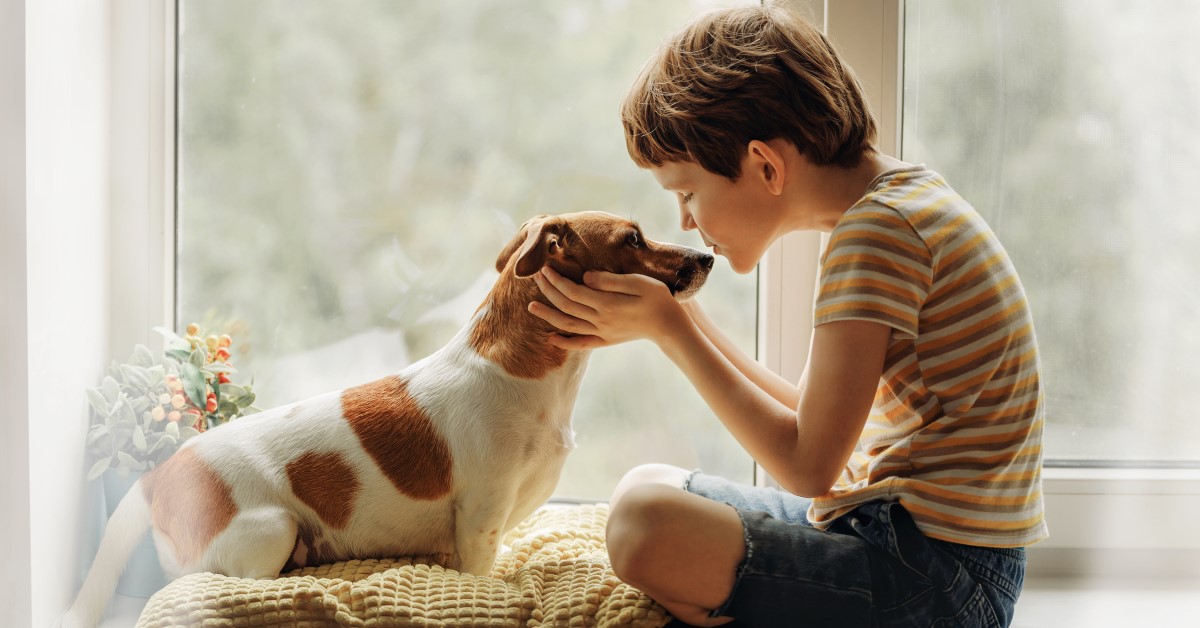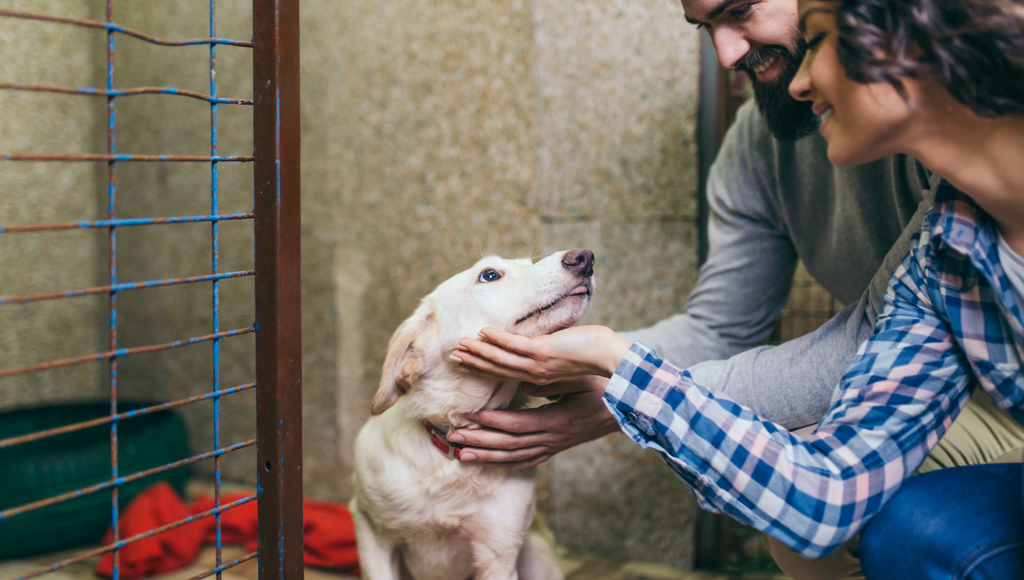Are You Ready To Foster a Pet in Your Home?
Are you ready to become a foster for a needy dog or cat? Read on to find out just what’s involved.

If you’re thinking of fostering a dog or cat, you’re about to embark on one of the most rewarding journeys of your life. But first, you need to make sure you’re up for all the challenges that come along with fostering a needy dog or cat.
Are You Ready to Foster a Dog?
Ask Yourself:
- Would you be committed to taking in a shelter animal, training and loving it, and finding just the right home and family to pick up where you leave off?
- You don’t have a dog now, but have you been thinking about having one in your home?
- Could a foster act as a “trial run” for getting your dog in the future?
- Are you looking for company and socialization for your dog?
- Do you have room in your home and time in your schedule to give a foster dog all the special help he’ll need to move on and get adopted?
- Are you willing to care for a dog that has medical or behavioral issues?
Are You Ready to Foster a Cat?
Everyone loves a kitten, and in shelters, they are easily and quickly adopted. Unfortunately, the same isn’t true for older cats, who need just as much love and care. Here are some important things to consider about fostering a cat.
- Homeless cats older than 8 weeks are probably not socialized well with humans, and the effort to change this can be difficult. Are you willing to work with a cat like this?
- Are you open to working with a cat trainer who will teach you how to use “Tough Love” on your foster cat?
- Cats are highly sensitive creatures who often experience trauma when placed in a new environment, which means hiding and not eating or drinking. This is a potentially dangerous health situation that needs veterinary care and extra efforts to put the cat at ease. Is this something you are willing to handle?
- What if you fall in love with the cat? Are you willing to adopt her?
- Are you willing to care for a cat that has medical issues?
What kind of dog or cat are you likely to get?
Think of it this way, the foster you get has not had a great life. He is scared, dirty, traumatized, and likely, a behavioral challenge. The pet you foster will probably be mentally, physically, and emotionally scarred. The true personalities of pets in a shelter are marred by their scars, which means what you first see is not a “what-you-see-is-what-you-get” pet. One of the rewards of fostering is taking traumatized pets and turning them into loving companions who will be adopted and cherished.
Rescue Groups
Many foster pets come from shelters; however, others come from other places, including rescue organizations. Rescue groups range in size and focus. Some are breed-focused; others are open to all pets, all breeds, all sizes. Others specialize in making arrangements to bring pets displaced by disasters to other areas where they can be fostered. Your best bet to find a rescue group is to do a Google search for organizations in your area.
Fostering Responsibilities
A foster parent has many responsibilities, including caring for and preparing the pet to be adopted and administrative duties required by the shelter or rescue group. Your responsibilities may also involve marketing your pet. Some of these responsibilities include:
- Most importantly, give the pet a warm and caring home.
- Provide socialization for the pet and nurture his true personality.
- Take the pet for obedience classes or invite trainers into the home to assist in training.
- Stay in communication with the rescue/shelter and complete any required paperwork.
- Take the pet to staff adoption events.
- Write bios for the pet or submit input for bios to a designated writer.
- Review potential adopters’ applications and select the best matches for your foster pet.
Cost of Fostering
Financially, many of the costs you’ll incur will be reimbursed by the shelter or rescue. The first concern is fees for a veterinarian. Many rescues have a veterinarian they work with who bills the rescue directly. However, rescues run on a tight budget, and though most are committed to ensuring you and the pet have everything you need, you may want to chip in by purchasing food, toys, or even sweaters or coats for cold weather.
Getting your Home Ready
So, you’ve decided to foster a cat or dog. Now what?
Preparing for a Foster Dog
The rescue or shelter may provide many of these items, but it’s up to you to make sure you have them on hand before your foster dog arrives.
- Gate: You’ll want to confine your foster to a small area in your home until he settles in. This is especially true if you have another pet in the home. They will need time to get to know each other safely.
- Crate: Crates are useful in so many ways – as a training tool and a safe place for the pet.
- Dog bed: A warm, comfy place that is just for the foster will start the process of making him feel cared for and special.
- Toys: If you have another dog in the house, be watchful for resource guarding behaviors that might emerge.
- Food: Check with the rescue/shelter to see what food the dog has been on.
Dog Proofing Your Home
Your home needs to be safe and all dangers removed from where your foster could reach them. These include:
- Pick up and put away all small objects that could become choking hazards.
- Safeguard all electrical wires and devices.
- Keep toilet lids closed.
- Put childproof latches on cupboards where you keep cleaning supplies
- Move your houseplants out of reach.
- Inspect your house with an eagle eye for any potential danger spots, and be sure to fix them.
Preparing for a Foster Cat
Cats are agile creatures and able to get into places a dog cannot. Think draperies, lampshades, and small openings. But before your foster cat arrives, you’ll need to be sure you have these supplies on hand:
- Litter box and litter
- A cozy “den” – a box, or some safe, closed-in place for the cat to feel comfortable
- Food: the shelter or rescue group should help with this.
- Toys
- Scratching post
Now that you know what you can expect as a foster parent for a needy pet, you’re ready to experience the joy and satisfaction that comes from transforming a lost soul into a loving and lifelong companion for an adoptive family.
Ready to start saving money on pet wellness care?
Then take a look at Mint Wellness, the pet wellness plan that provides fast reimbursement on routine pet care. Save on vaccinations, wellness exams, preventatives, dental, and more!
Learn More
